Human resources departments might struggle to find innovative ways to include in the recruiting process. However, QR codes for recruiting are the way to go for those looking for innovative and brand-new ways to include in human resources.
A QR code is a type of barcode that can be scanned using a smartphone or a QR reader. These codes can store a wide range of data, including URLs, text, or contacts.
The underlying principle of using a QR code for recruitment is straightforward. It begins with a company embedding its job posting or career page link in a QR code. This code can be printed on promotional materials like flyers and brochures or shared digitally through emails and social media. Interested candidates can scan the code to get immediate access to crucial information.
In this blog post, we'll explain how to use QR codes for recruiting with tips and valuable insights. Let's begin!
Understanding the QR Codes' Relevance in Recruiting
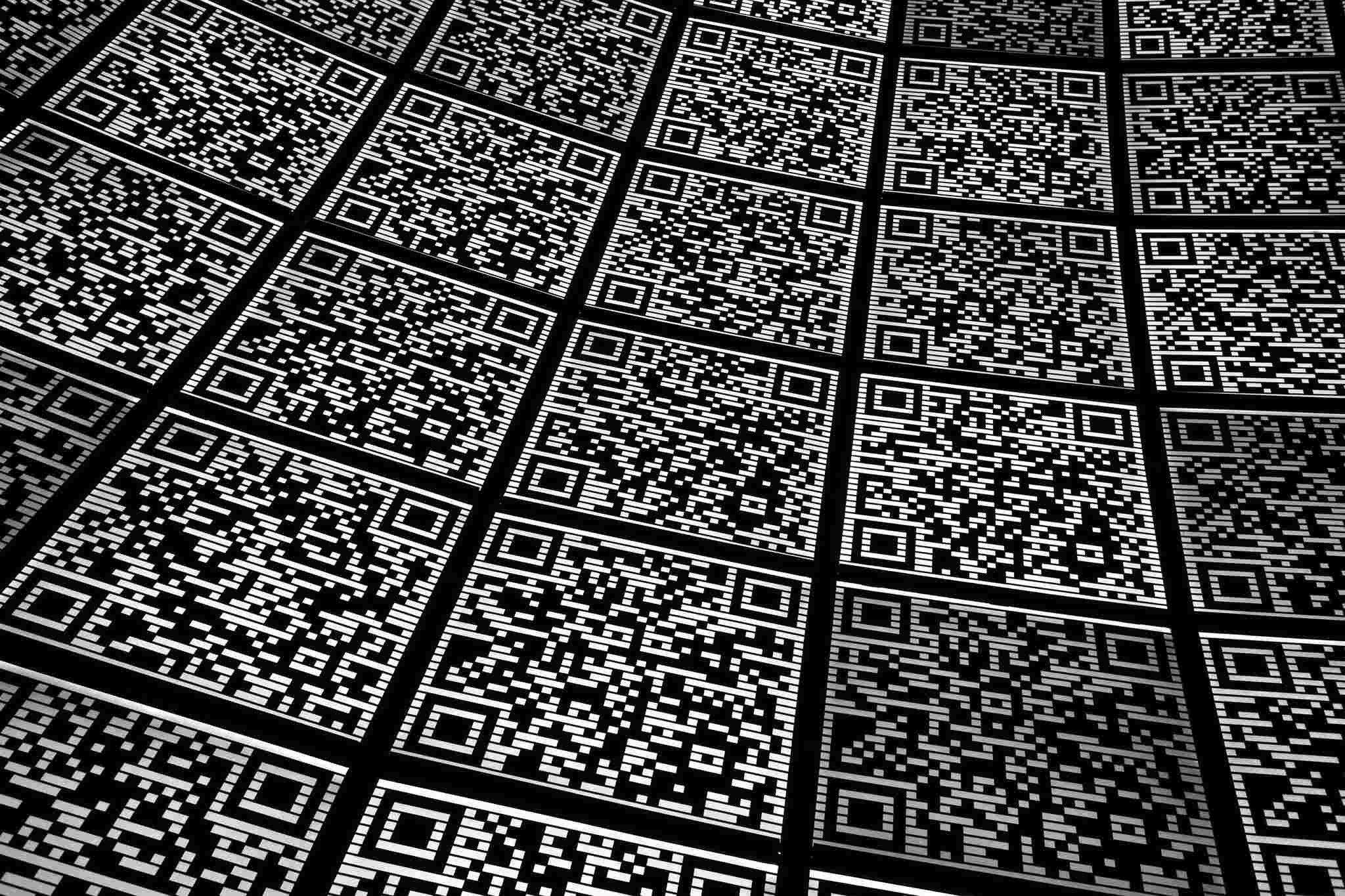
Why are QR codes relevant in the recruitment industry?
Here are a few reasons for it:
- Simplified Candidate Engagement: By replacing traditional job forms with QR codes, companies can simplify the application process, thus enhancing candidate engagement.
- Improved Candidate Experience: QR codes provide detailed yet concise job information and direct candidates to the next steps, all through a seamless digital experience.
- Efficient Process: QR codes can speed up the recruiting process by redirecting potential candidates to the company's career portal without the need for elaborate online searches.
In summary, understanding how to use a QR code for recruiting can become a game-changing strategy for firms in today's fiercely competitive talent market. As we delve deeper into this blog post, we'll explore some tactics and practical cases to help you successfully leverage QR codes for hiring.
Challenges in the Recruiting Process

The hiring process has certainly evolved over the years. However, several challenges persist for recruiters and companies alike. Let's explore these further:
Difficulty in Creating a First Impression among the Candidates
The first interaction with candidates often happens online in an increasingly digital world. This technological shift makes it tough for companies to make a strong and lasting first impression. It's more than aesthetics; your career page or job postings should pique a candidate's interest and make them want to explore more.
In today's talent-driven market, where the applicant's experience is paramount, confusing application procedures, unclear job descriptions, or unresponsive HR can deter potential candidates. In this scenario, understanding 'how to use a QR code for recruiting' can simplify and enhance the initial interaction experience.
Lengthy Job Descriptions on Advertisement Materials
Crafting a clear, precise, and engaging job description is critical when posting a job. Typically, job posts are loaded with information that can sometimes deter potential candidates.
The current attention span of the average consumer is around eight seconds – which means your job post doesn't have long to make a positive impression!
Your job advertisement needs to quickly convey the vital aspects without overwhelming the reader, and that's where the 'QR code for recruiting' steps in. When scanned by a mobile device, these ingenious devices can lead potential candidates to a more detailed job description page. This strategy ensures you grab the candidate's attention without overwhelming them with the initial ad itself.
The Hassle of Scheduling Interviews with Candidates

Time is a critical factor in the recruitment process. One major struggle recruiters face is scheduling interviews with candidates. The back-and-forth emails, the unavailability of time slots, varying time zones, and more can make this process inefficient.
Thankfully, when used innovatively, QR codes can also solve this problem. Agencies can create a simple QR code that links to a scheduling tool where candidates can select a suitable interview slot. This approach makes it easy to handle applicants' interviews and offers a seamless experience to prospective hires.
Keeping Track of Physical interactions with potential Candidates at Job Fairs
Job fairs are fantastic venues to meet potential candidates and collect their resumes, but they can also lead to piles of paperwork that are difficult to sort through later. Remembering every conversation or interaction is nearly impossible.
Here's where a QR code for recruiting comes in handy. A simple QR code on your business card or display stand, which leads to a digital profile form, can allow candidates to upload their resumes directly and save important details instantly.
This effectively replaces stacks of papers with a neat digital repository, making it easier to follow up with potential candidates post the event. It streamlines your recruiting process and creates a positive image among attendees, who will appreciate your company's effective use of technology.
Every avenue of the hiring process, from making an impactful first impression, crafting an engaging job post, scheduling convenient interviews, and even managing interactions at job fairs, can be significantly enhanced by knowing 'how to use a QR code for recruiting.'
QR Code for Recruiting: A Unique Opportunity
Recruitment, like any other industry, is subject to constant changes driven by technological advancements. One innovation that is making waves in the recruiting field is the use of QR codes. If you're curious about how to use a QR code for recruiting, you're in for a treat.
Integrating QR codes into the recruitment process signals an imaginative approach to hiring. Mobile technology continues to dominate our lives, with people spending an average of 3 hours and 15 minutes on their phones daily. Meanwhile, the integration of QR codes in various industries has normalized their usage.
So, it makes perfect sense to integrate QR codes into the job recruitment process, providing potential candidates with immediate access to pertinent information at the scan of a code.
Here's how it works:
- Job Advertisements: Most traditionally, job ads containing QR codes could be placed in newspapers, magazines, or even billboards. When a potential candidate scans the QR Code, they are instantly taken to either detailed job information or straight to an application form.
- Job Fairs: QR codes can be integrated into physical banners or flyers distributed at job fairs. The QR code could redirect scanners to a digital business card, sign-up form, or a digital resume drop-box. This technique amplifies the number of potential recruits reached.
- Referral Rewards: HR departments can incentivize referrals by creating QR codes that track referrals. Current employees can simply share the QR code through various platforms, and if a successful hire is made from their referral, they earn a reward.
Making the Recruitment Process Easier with QR Codes
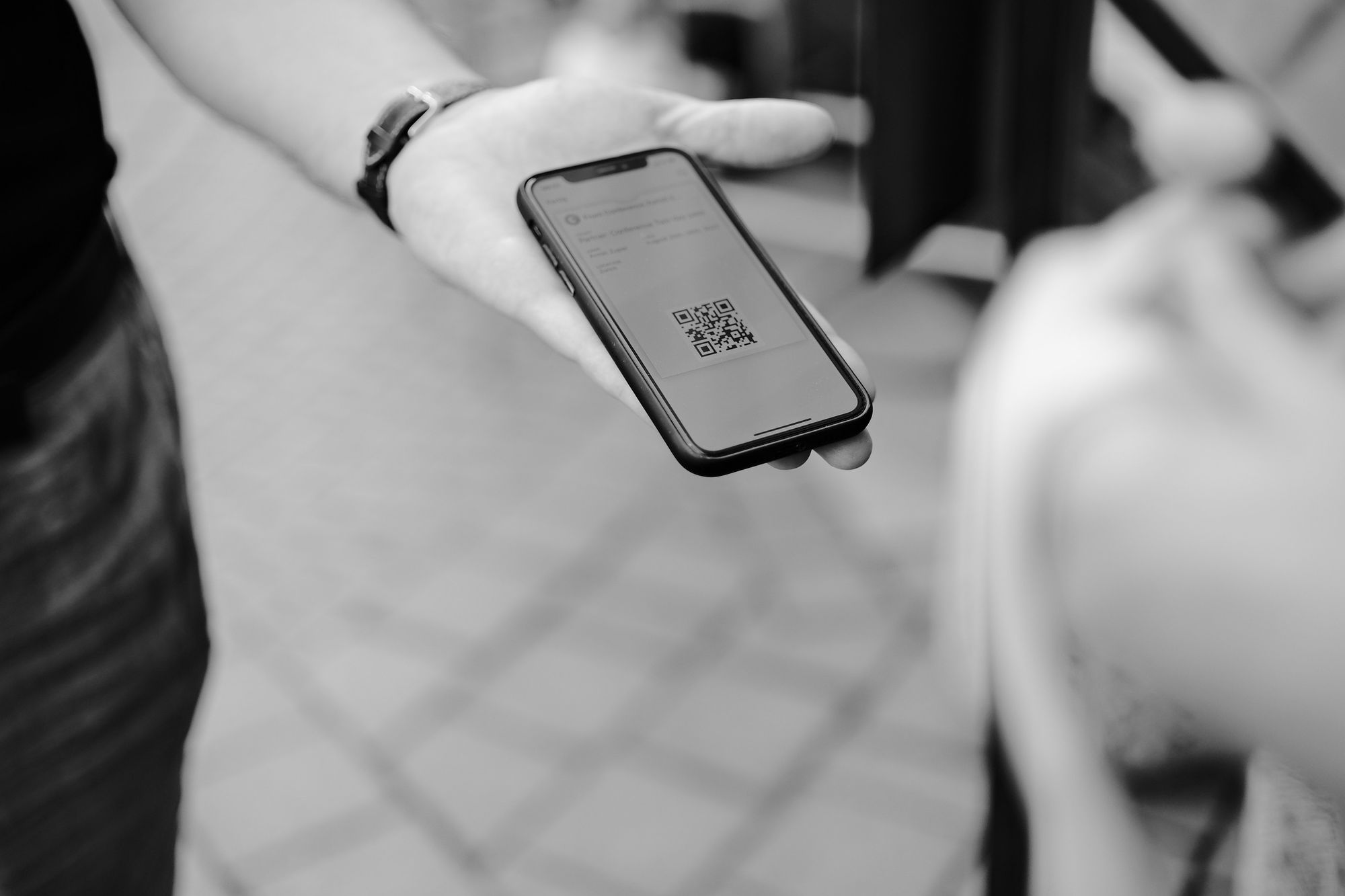
In the digital age, QR codes offer recruiters and candidates a smooth, streamlined, and interactive approach to recruitment. Consequently, leveraging this modern tool can lead to a quicker, smoother, and more efficient recruitment process.
Here's how QR codes simplify the recruitment process:
- Enhanced Candidate Experience: Candidates benefit from a seamless job application experience. They scan a QR code from a job ad and are redirected to the application form or more detailed job information. This process reduces the time needed to find the right URL, thereby streamlining the application process.
- Increased Engagement: QR codes amplify engagement by offering an interactive experience. They can be used to create gamified experiences for candidates, resulting in a more interactive application process.
- Swift Feedback Loop: By integrating QR codes into feedback forms, recruiters can speedily and effortlessly gather feedback from candidates about their hiring experience.
Highlights on Using QR Codes for Efficient Recruitment

By now, it's clear that embracing the QR code recruiting strategy makes the hiring process effective, but let's explore the key highlights:
- Environmentally Friendly: With QR codes, you'll need less paper for application forms or resumes, thus contributing to preserving the environment.
- Time and Cost Effective: No need to sort through piles of CVs or print out numerous job application forms.
- Real-time Tracking: With each scan, recruiters can track real-time data like the number of scans, location of scans, and successful recruitment from QR scans, making it an effective recruitment tool.
- Increases Reach: QR codes can be easily shared both offline and online, improving your reach to potential candidates.
- Interactive and Engaging: The interactive nature of QR codes makes for a more engaging recruitment process.
- Customizable: QR codes can be customized in terms of design and content, and branding opportunities for organizations.
So, are we saying goodbye to conventional hiring methods? Probably not yet. But by understanding 'how to use a QR code for recruiting,' we can certainly supplement and enhance conventional methods with technology. QR code recruiting offers a bridge that links the physical and digital world, creating a seamless, integrated experience that benefits both recruiters and candidates.
Don't let the digital revolution pass you by. The future of recruitment is here, and it's embedded in a QR code.
Strategies to Use QR Codes for Recruitment
The magic of QR codes in recruiting lies in their broad utilization possibilities. The cyberspace sky is indeed the limit when it comes to strategies to use QR codes for recruitment.
Let's dive into some innovative approaches that will optimize your recruitment process and assist you in mastering how to use a QR code for recruiting.
Innovative Use of Newspaper or Magazine Ads for QR code Recruitment
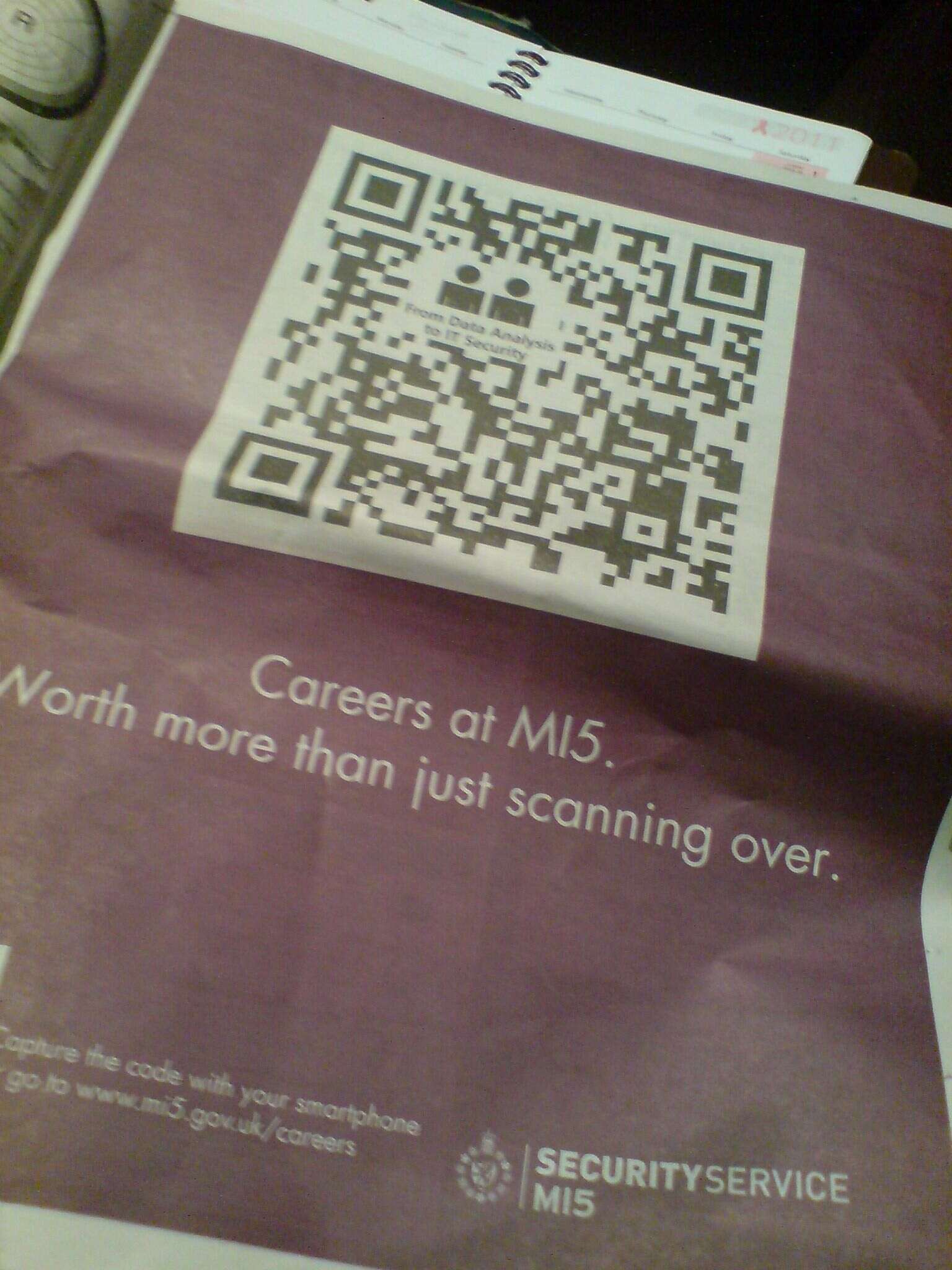
At first glance, newspaper or magazine ads might seem outdated. However, when coupled with the power of QR codes, they become potent tools for modern recruitment.
Moreover, the use of a QR code cuts down on space usage in print ads, making it cost-effective. A QR code can store a wealth of information in a compact design, thus ensuring your ad is detailed yet concise and powerful.
Leveraging Social Media & Blogs for QR Code-Enabled Hiring
There is no denying the massive impact of social media today. With over 3.6 billion users, social media platforms like LinkedIn, Twitter, Facebook, and Instagram offer unprecedented reach.
Likewise, blogs continue to be a go-to source of information for many, hence making these digital avenues perfect for implementing a QR code for recruiting.
Imagine posting a unique, visually appealing QR code integrated into interesting recruitment articles, vlogs, or social media posts. Not only are you creating engaging content, but also you are simplifying the application process by including a QR code that leads directly to the job application page.
Enhancing Recruitment through QR Code Referral Cards
Employee referrals have always been a goldmine in recruiting. It often results in higher quality hires, a faster recruitment cycle, and better retention rates. So why not add a sprinkle of digital magic to it using QR codes?
This strategy incentivizes employees to engage actively in the referral program and offers a hassle-free application process for potential candidates. Additionally, the referral data (such as the number of scans, successful hires, etc.) can be tracked, allowing HR to measure the referral program's effectiveness and return on investment.
QR Codes and Modern Hiring Approaches
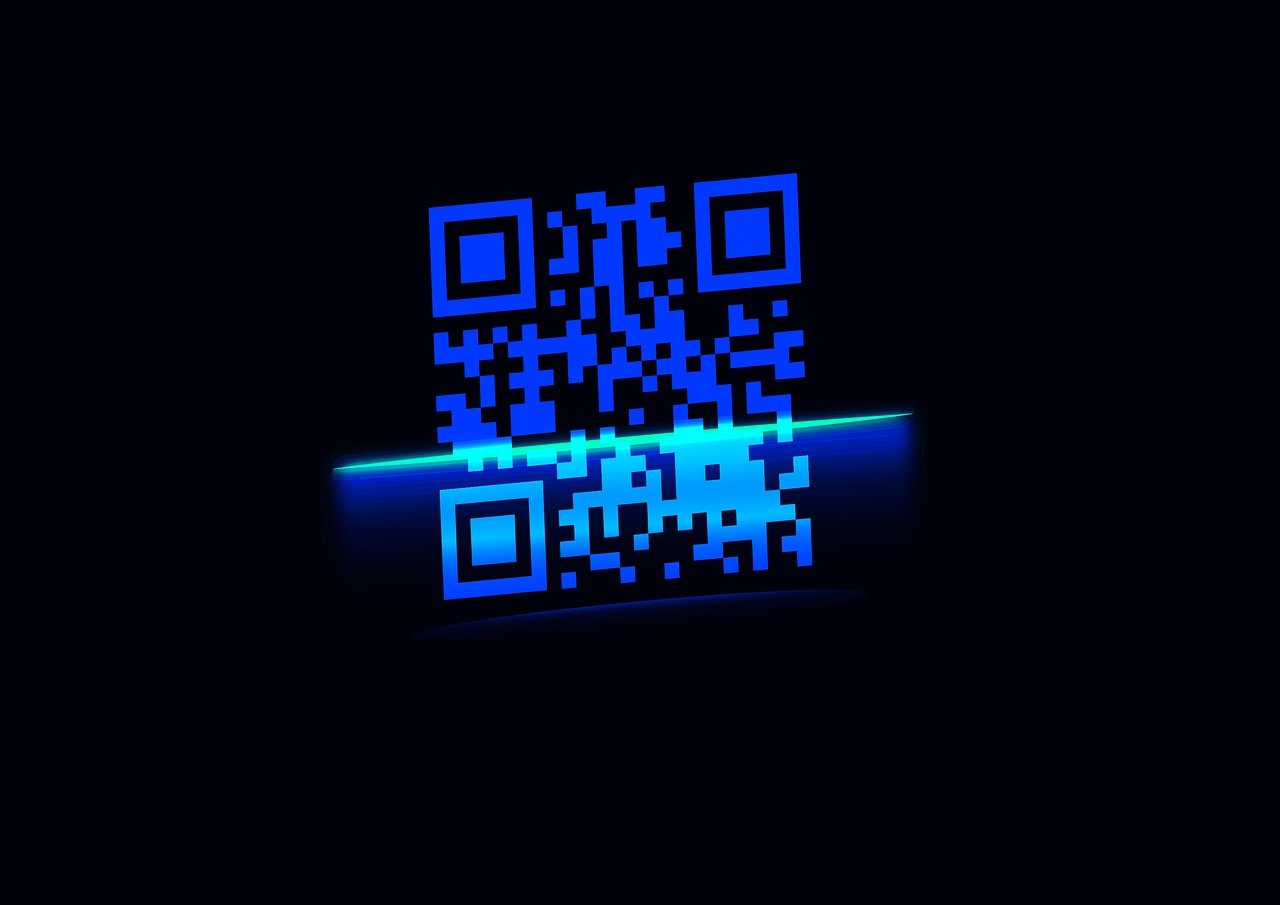
As we delve deeper into Quick Response (QR) codes and their potential for revolutionizing recruitment, we find ourselves in an era of modern hiring approaches that leverage new and exciting technologies.
One of the questions that may have crossed your mind is, "How can I best utilize QR codes in today's hiring practices?"
Using QR Code for Recruiting at Job Fairs and College Events
Job fairs and college events offer recruiters an opportunity to connect with potential candidates in person. These bustling environments filled with eager job and internship seekers present companies with an array of talent to explore. However, the traditional process of collecting resumes or conducting short screening interviews can be time-consuming and overwhelming.
So, how can we reimagine this experience using QR codes? Let's take a look:
- Digital Resumes: Instead of collecting hardcopy resumes, utilize a QR code that redirects candidates to a digital form where they can upload their resumes and additional details. This approach not only simplifies the data collection process but also becomes an environmentally friendly practice offering a break from excessive paper usage.
- Instant Information Providing: Use QR codes to provide attendees with instant access to internship/job descriptions, company profiles, or testimonial videos. Not only this gives candidates a comprehensive understanding of the role, but it also saves you from explaining every detail repetitively.
- Lead Tracking: These events can yield valuable leads if followed correctly. Implementing a QR code for sign-ups to newsletters, blogs, or even career site subscriptions can help generate a pool of potential candidates for future vacancies.
Incorporating QR Codes in Text Messages for Recruitment

With approximately 5 billion people sending and receiving SMS messages, it's safe to say that most of us prefer text messages over emails. Likewise, using text messages for recruitment is an effective approach many recruiters adopt.
Here's where it gets interesting. What if these SMS messages encompassed a QR code link to the job posting or the company's career site? By combining the high engagement level of text messaging with the quick, efficient experience of scanning a QR code, we can elevate the digital recruitment process.
How to Create a QR Code for Recruitment
So, you've made it this far - you've read about the potential of QR codes in recruiting, understood the ways it can revolutionize your hiring process, and, likely, you're convinced that it's time to learn how to use a QR code for recruiting.
The good news is, creating a QR code is a simple and straightforward process that we're about to walk you through. This section will provide a step-by-step guide on creating a QR code for recruitment and share some best practices to consider.
Step-by-Step Guide on Creating QR Codes for Recruitment
Here's a simple guide that will help you create your very first QR code:
- Identify a QR Code Generator:
Plenty of online QR code generators offer different features, such as customizations, the type of data to be encoded, and analytics. You can start with QRCodeDynamic for customizable & dynamic QR codes. - Choose The Type of QR Code:
Several QR codes are available, including URL, text, email, SMS, Wi-Fi, and Vcard, among others. For recruitment purposes, we recommend a URL QR Code that redirects to a job posting, your company's career page, or an online application form.

- Enter Your Data:
Enter the website URL where you want your potential candidates to be directed. Make sure that the URL is working properly to avoid any inconvenience for the users.
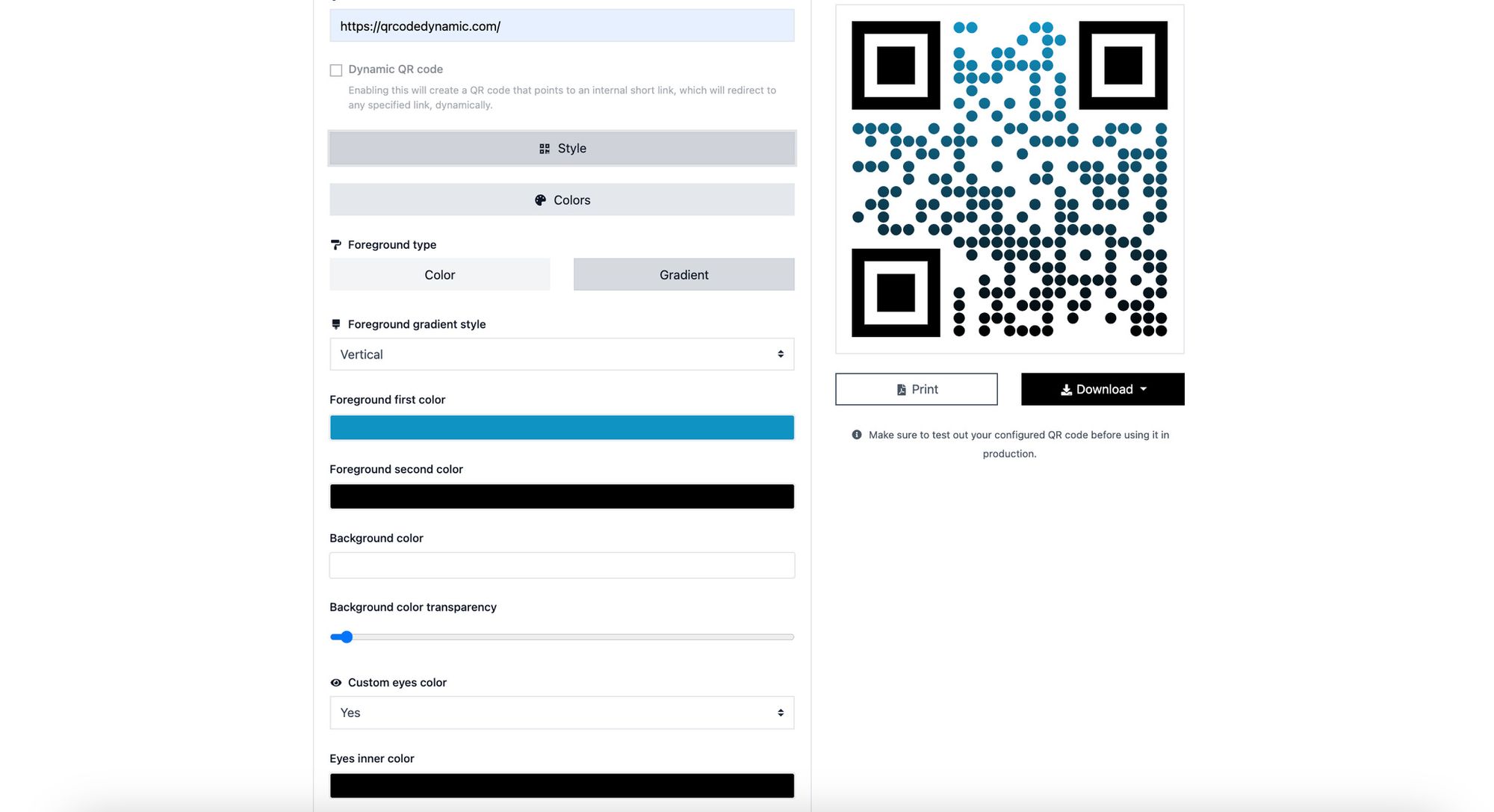
- Customize Your QR Code:
QRCodeDynamic allows you to customize your QR Code's color and style and add a logo. Customizing your QR Code aligns it with your branding and makes it more engaging. - Generating and Testing the QR Code:
Once you have filled in all the needed information, the QR Code generator will create the QR Code. Before you publish the QR Code, make sure you test it with different devices to ensure it works seamlessly. - Deploy the QR Code:
After testing, you're ready to deploy the QR Code. Use it on the mediums you've chosen based on your recruitment strategy. Remember, the key lies in making your QR Code easily accessible to potential candidates, whether it be on print ads, social media posts, digital banners, or business cards. - Track and Analyze Scans:
One of the key benefits of using a QR code for recruiting is the ability to track and analyze scans. You can get insights like the location and time of scans which can help tweak your recruiting strategy.
Best Practices in Designing and Implementing QR Codes
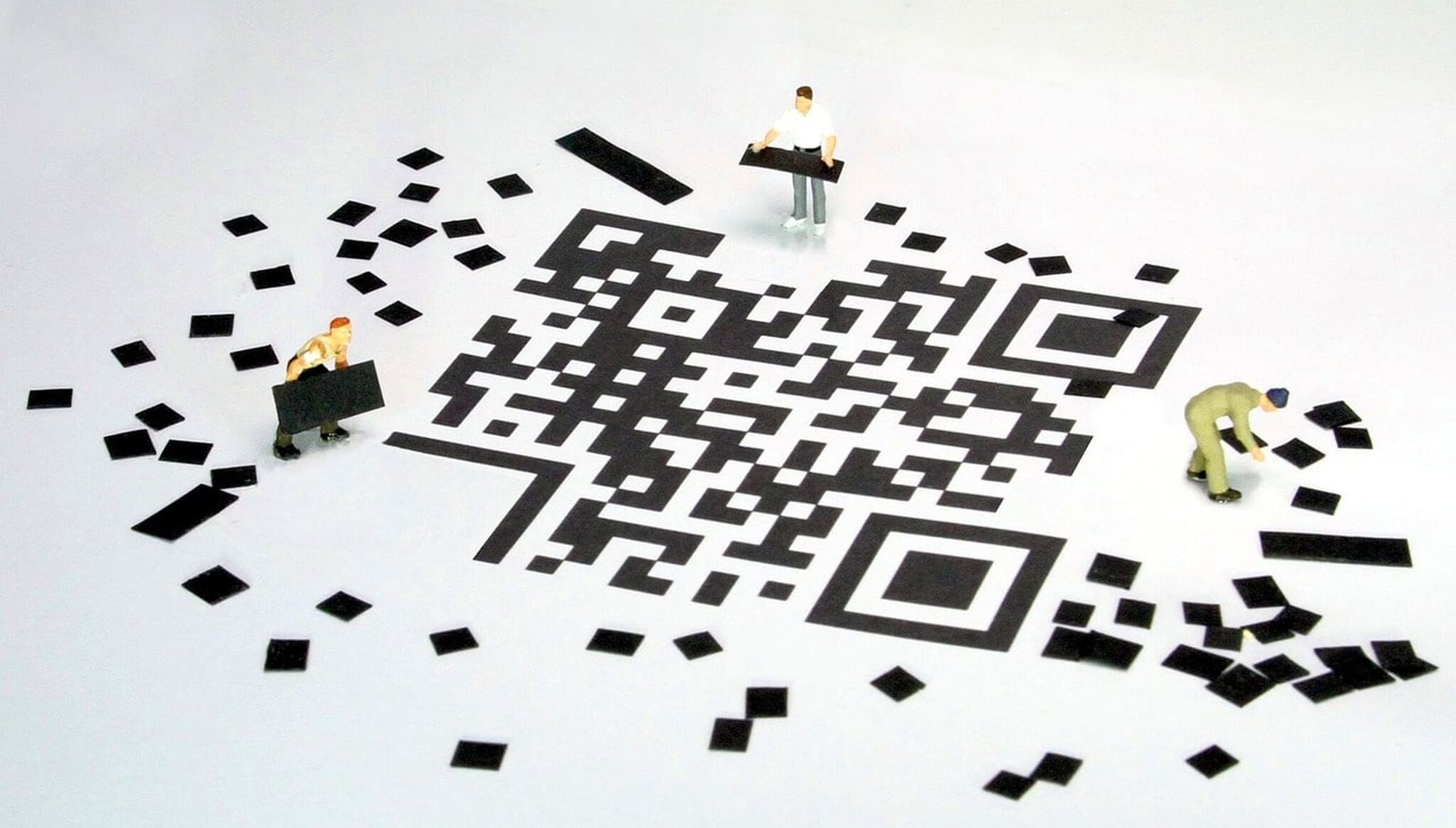
- Ensure Your Landing Page is Mobile-Friendly: Since most QR code scans happen through mobile devices, your landing page must be mobile-friendly. A page that needs to display properly on a mobile can turn potential candidates away.
- Strategic Placement of the QR Code: To ensure the best response, place your QR code where it is easy for the potential candidate to scan. On printed materials, it must be clear, well-sized, and not too near the edge. For digital content, ensure the code can be seen readily without needing to scroll endlessly.
- Use URL shorteners: Longer URLs may produce dense and complex QR codes that can be difficult to scan. You can use URL shorteners to avoid this and produce clean, simple QR codes.
- Educate Your Audience: Your target audience might vary, and some of them may not know how to scan a QR code. Simple instructions like "Scan me with your camera app" or "Scan to apply now" can help guide first-time users.
- Always Test Before Implementing: The last thing you want is a non-working QR code. Always test your QR code with various scanning apps and devices before deploying it.
- Analytics Monitoring: Continuously monitor the scans or analytics. By doing so, you can adjust your plan of action based on actual data, thus making your recruitment process more effective and efficient.
Benefits of Using QR Codes in Talent Acquisition
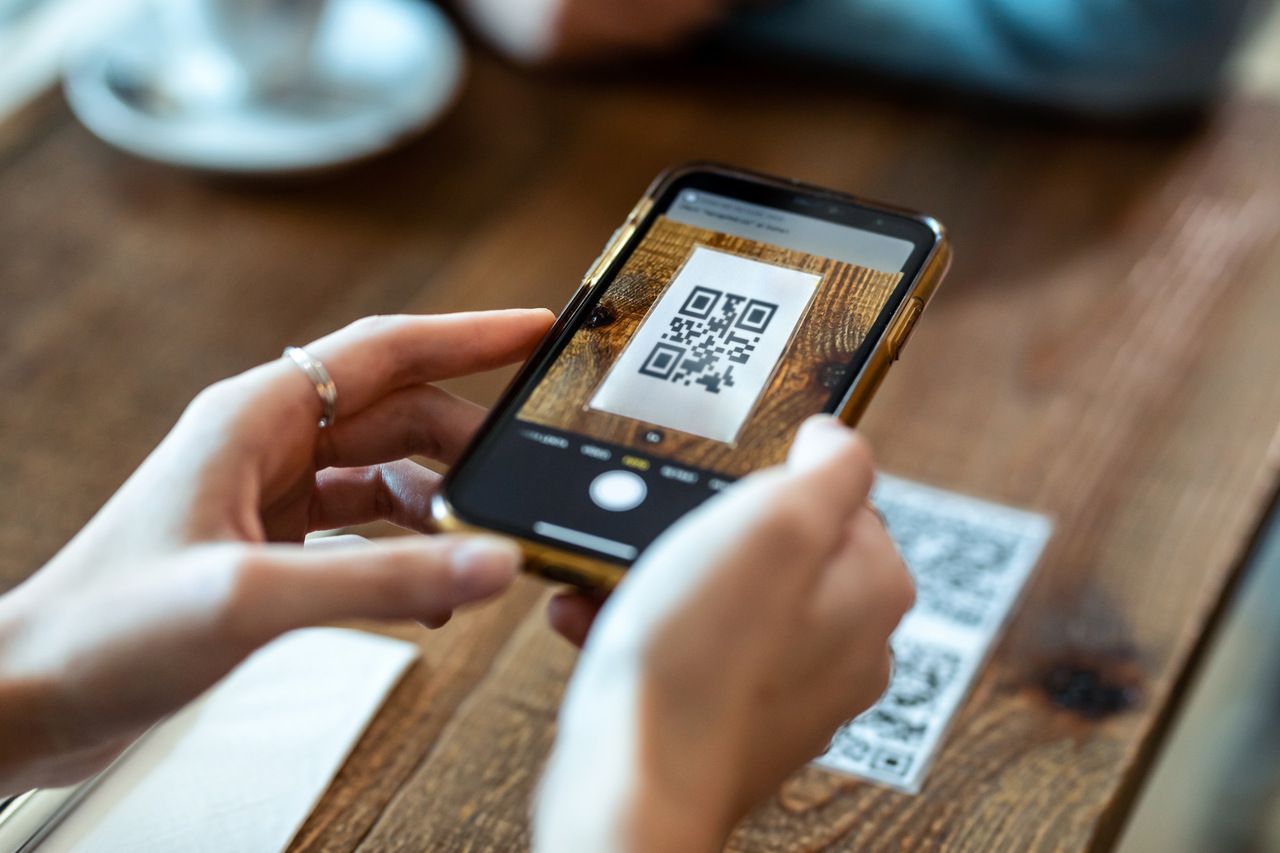
If you have been following along in this comprehensive blog post by now, you would have a detailed understanding of what a QR code is, its potential to revolutionize recruitment, and practical insights on how to use a QR code for recruiting. As we are nearing the end of this exploration, it's time to take a step back and look at the broader picture: the benefits of using QR codes in talent acquisition.
Each element represents an opportunity to optimize and enhance the recruitment process by integrating QR codes.
Here are a few benefits of using QR codes on human resources.
- Simplified Recruitment Journey: The primary benefit of incorporating QR codes into recruitment is simplifying the overall recruitment process. A scan is all it takes for candidates to access vital information, apply for a job, or schedule an interview.
- Increased Engagement: QR codes make the recruitment process interactive, hence enhancing applicant engagement. You can even gamify your recruitment using different types of QR codes.
- Faster Hiring Process: By streamlining multiple steps in the hiring process, QR codes can speed up overall recruitment, saving both time and resources.
- Precise Tracking: Every scan can be tracked. This feature allows recruiters to analyze important parameters such as the number of scans, time and location of scans, device used, and much more.

- Improved Candidate Experience: In today's world, the candidate's experience really does matter. A seamless and modern recruitment process featuring QR codes can enhance the candidate's overall experience and impression of your organization.
- Environmentally Friendly: Moving away from paper forms towards digital QR codes has the welcome side-benefit of being environmentally friendly.
In Conclusion
In this fast-paced digital era, the recruitment landscape is continuously evolving. Modern recruiters seem to be in a perpetual battle against time and resources while striving to engage top talent in the market.
Amidst this scenario, the evolving technologies serve as an indispensable ally, improving efficiency, expanding reach, and revolutionizing traditional recruitment methods.
A vital torchbearer of this transformation is the 'QR code for recruiting.' By this point in the blog, we hope that you've got a robust understanding of how to use a QR code for recruiting and its potential to boost your talent acquisition process.
FAQ
What is QR in HR?
As we know, QR (Quick Response) codes are two-dimensional bar codes that can store a lot more information than traditional one-dimensional bar codes. But what exactly is QR in HR?
In the realm of Human Resources (HR), QR codes serve as digital gateways to a wide array of information, applications, and processes. By incorporating QR codes into various HR functions, organizations can streamline and enhance their operations, offering an improved experience for their employees and prospective candidates.
How do You Use QR Codes in Training?
Training and Development is an essential part of HR. Traditional training methods are quickly being complemented and, in some cases, replaced by digital technologies. And yes, you guessed it right - QR codes are also at the forefront of this revolution!
Here are a few ways to use a QR code in training:
- Access Training Materials: QR codes can give trainees instant access to training materials like manuals, slides, videos, or any digital channels where content is stored.
- Interactive Learning: QR codes can be used for creating interactive quizzes or assessments. Trainees scan the code, take the quiz and get immediate feedback on their performance.
- Link to Webinars or Online Training Sessions: QR codes can be an easy gateway to join webinars or live training sessions. Trainees can be instantly redirected to the live session by simply scanning the QR code.
- Feedback Collection: A Quick Response code can also link to a feedback form where trainees can share their opinions about the training session.


